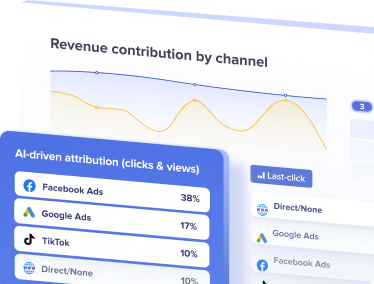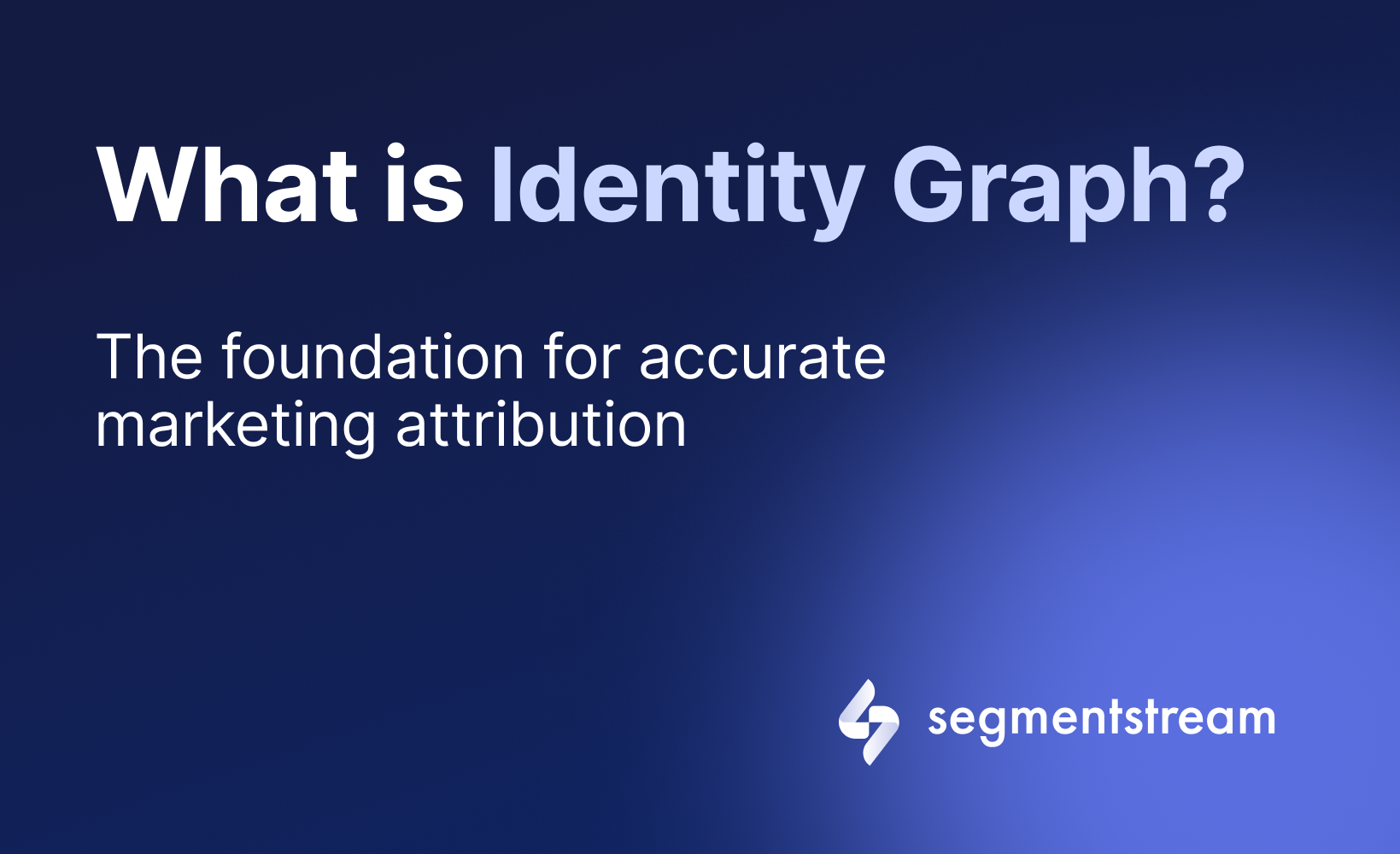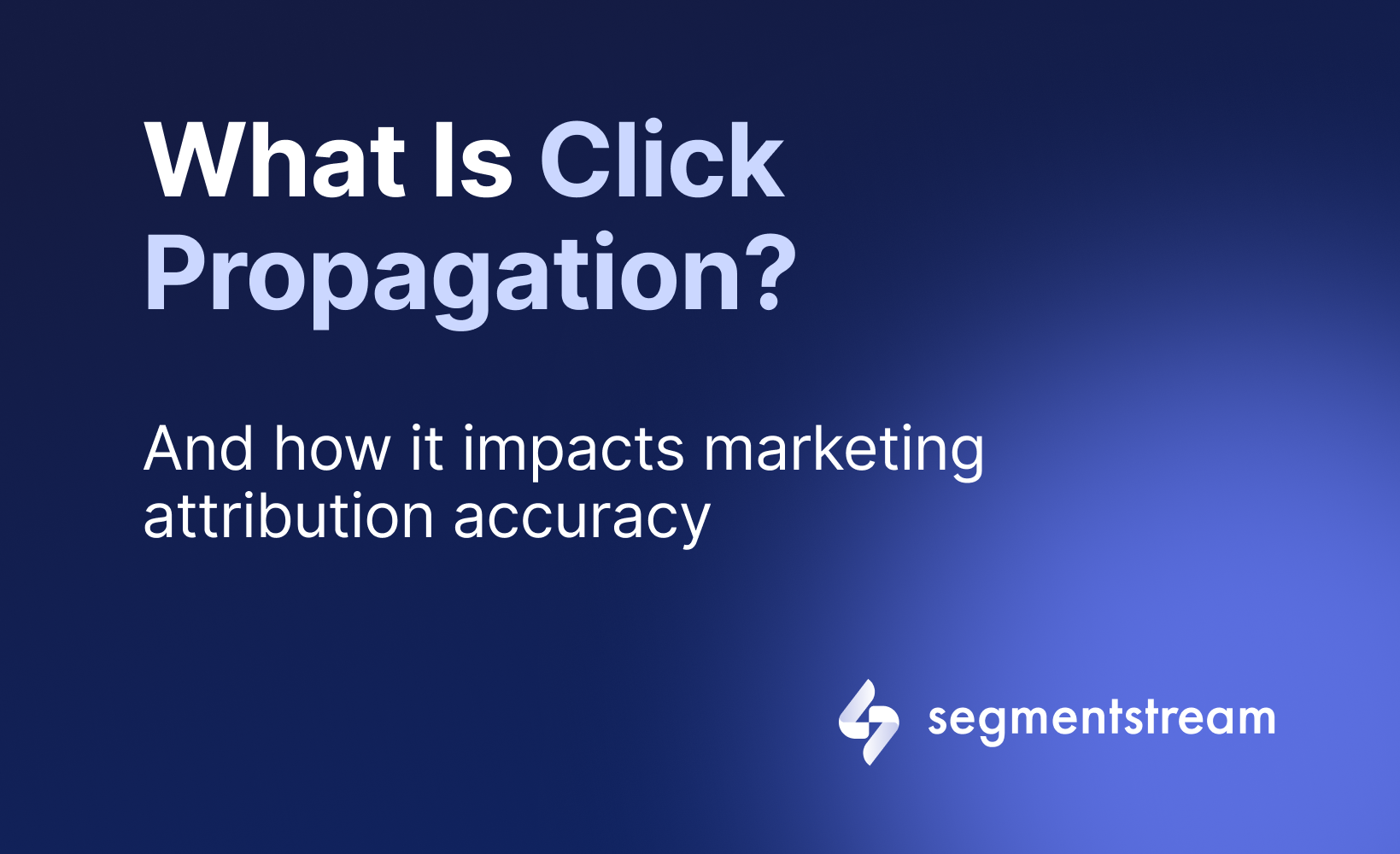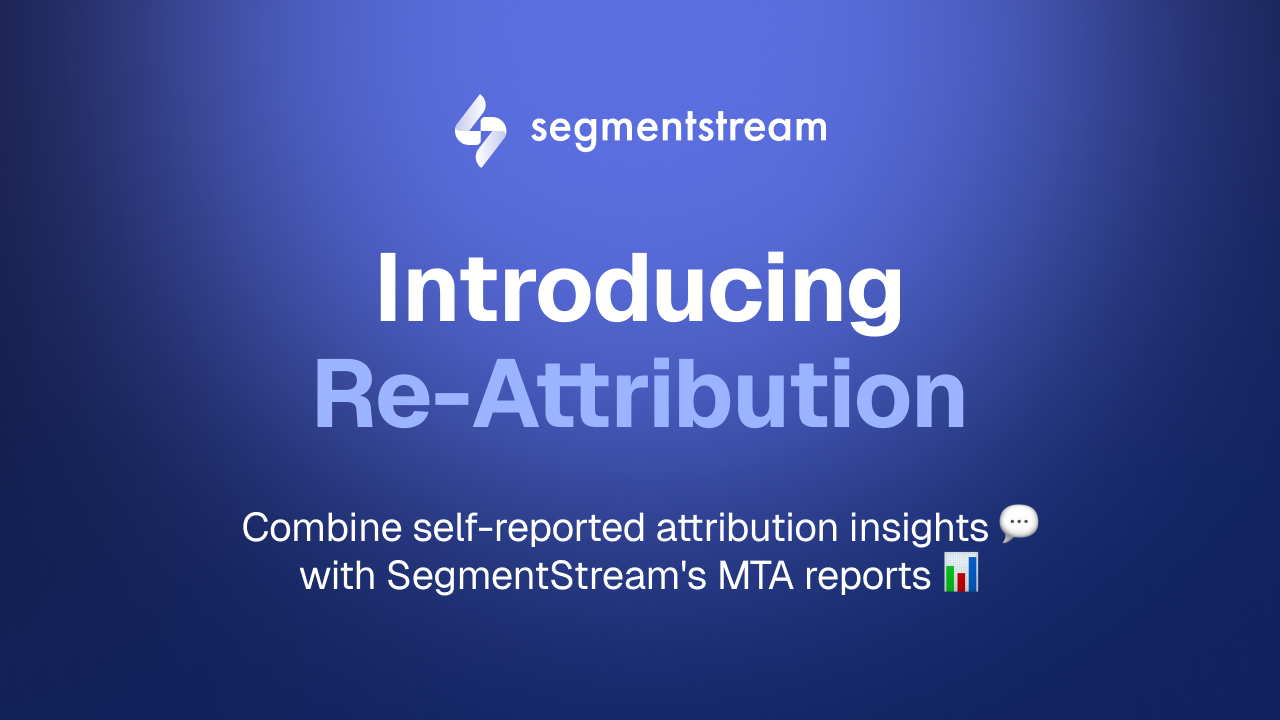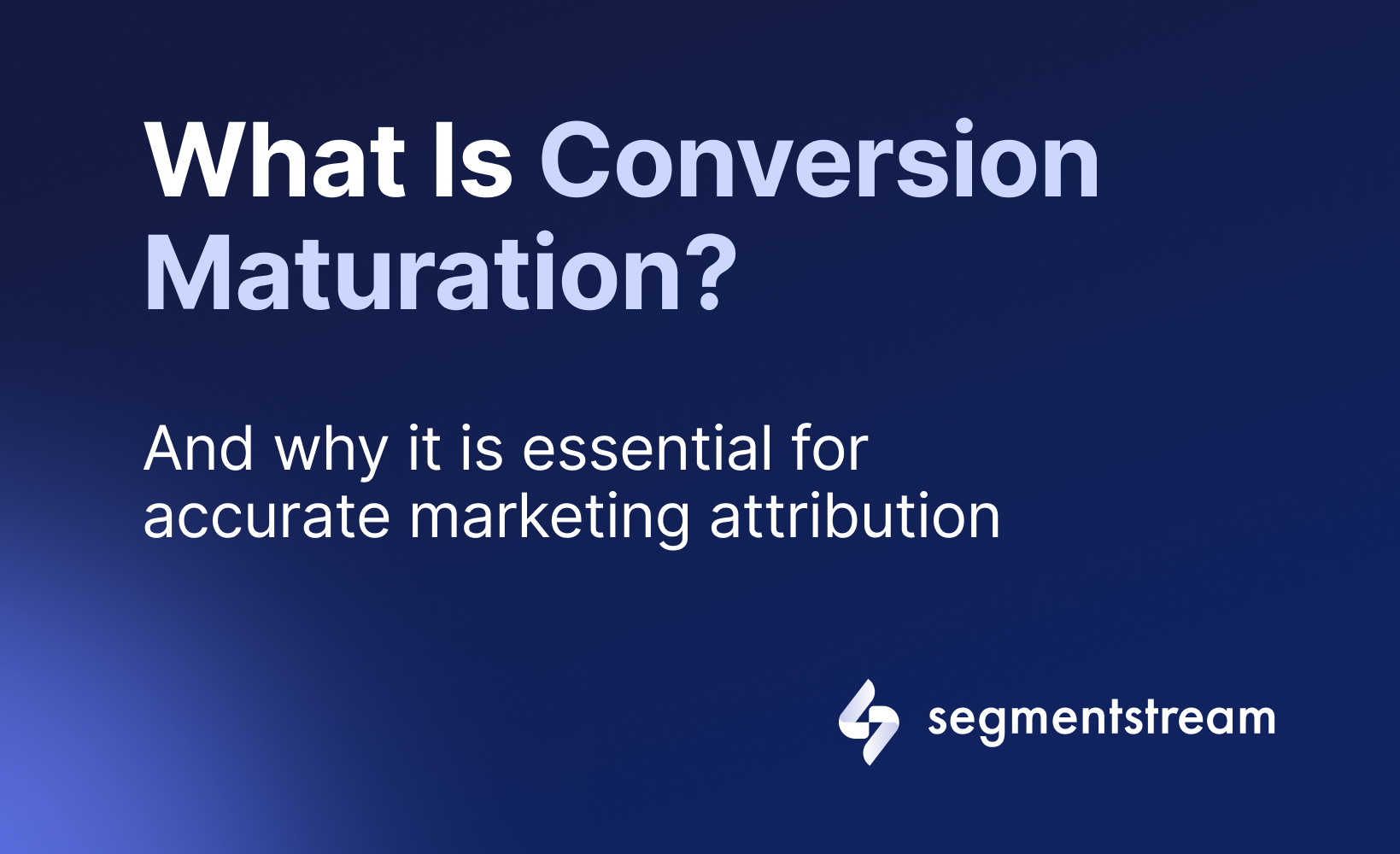
What Is Conversion Maturation and Why It Is Essential for Accurate Marketing Attribution

Imagine this:
You launch a new paid campaign in September. You spend $90,000, and by the end of the month, your analytics report shows 200 conversions — a CPA of $450, while your target is $300.
Panic sets in. Performance looks terrible, and you’re about to cut budgets.
But a few weeks later, something unexpected happens: conversions keep coming in — not from new spend, but from people who clicked your September ads and finally decided to purchase in October.
When you check again, your dashboard shows 300 total conversions and an actual CPA of $300 — exactly on target.
What happened? Your conversions simply matured.
What Conversion Maturation Means
Conversion Maturation describes the natural delay between an ad click and the conversion event. This concept is particularly relevant for:
- E-commerce businesses selling high-value products (like bikes, electronics, or furniture)
- Lead generation for services such as insurance, finance, or SaaS, where customers may take weeks to research, compare, and decide
Not every conversion happens instantly. Some users might convert within days, but many will take weeks, or even months. Ignoring this delay means ignoring a fundamental part of how people actually buy.
Why It Matters for Marketing Attribution
Most attribution models assume that ad spend and conversions occur within the same time window. In reality, they don’t — and that’s where the distortion begins.
Without accounting for maturation, your metrics will mislead you:
- Underreported performance in the short term (not all conversions have happened yet)
- CPA and ROAS fluctuations, changing daily as more conversions arrive
- Misguided optimization decisions, like pausing campaigns that were actually profitable
- Ad platforms’ algorithms struggling to target and optimize, since their attribution windows are too short (i.e. Meta’s 7-day post-click window)
In essence, the time mismatch between when money is spent and when conversions occur leads to incorrect performance evaluation and wasted budget decisions.
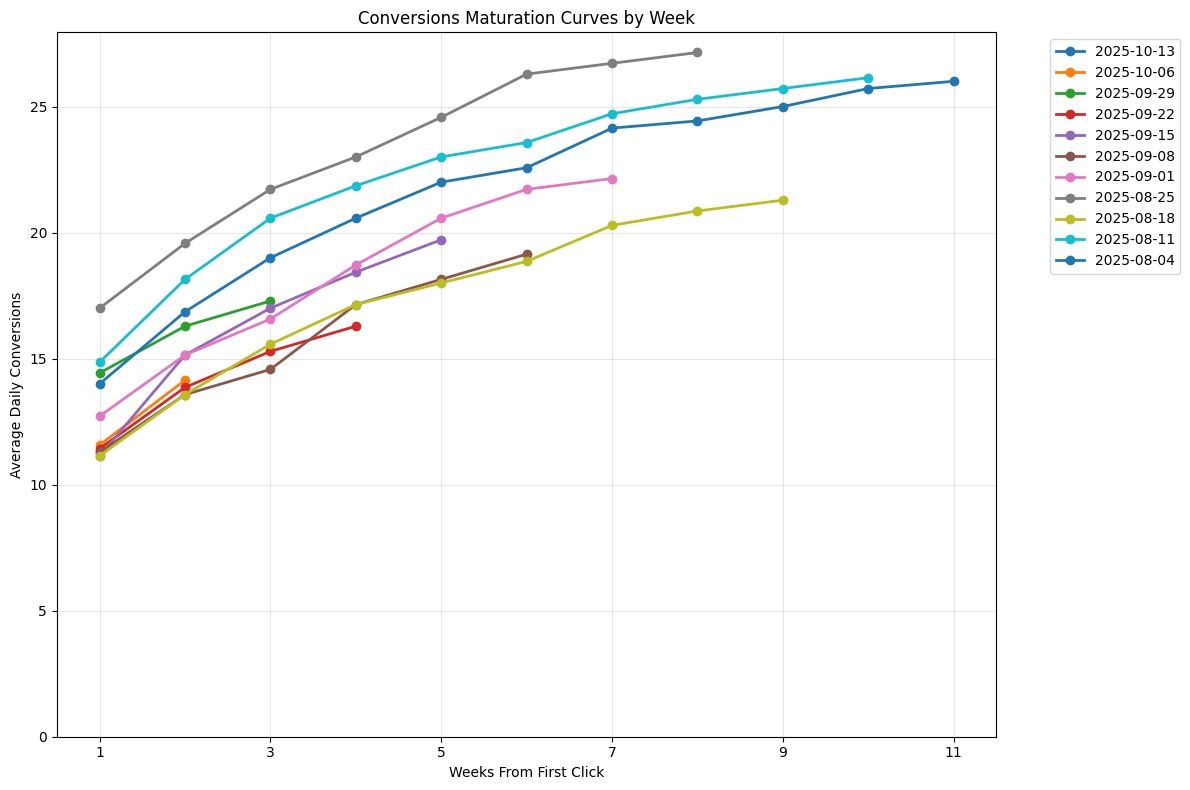
The Challenge — Waiting Is Not an Option
In theory, you could wait for all conversions to mature before evaluating campaigns. In practice, that’s impossible. Marketing teams must make decisions daily or weekly, often long before the full conversion picture emerges.
The problem compounds when upper-funnel prospecting campaigns are involved. These ads often initiate journeys that convert weeks later — meaning they look inefficient in-platform, even though they influence the majority of profitable traffic in the long run.
This creates a feedback loop where algorithms under-deliver to top-funnel audiences simply because the conversion signals come too late.
The Solution — Predictive Modeling for Conversion Maturation
To solve this, advanced marketers use predictive conversion maturation modeling — leveraging historical data to estimate how conversions accumulate over time.
A typical model might reveal:
- 70% of conversions happen within the first 7 days
- 20% happen over the next two weeks
- 10% occur later within the month
By applying this pattern, you can forecast expected total conversions for each campaign — even before all have been recorded.
This unlocks two major benefits:
- Smarter reporting — Your dashboards can show both Tracked conversions (actual so far) and Expected conversions (predicted total). This gives a more stable and realistic view of performance.
- Better optimization — Feeding predicted conversions into your attribution models and smart bidding systems helps platform algorithms learn faster. It allows you to send more complete conversion data to Google Ads or Meta, compensating for their short attribution windows.
For example, when running upper-funnel prospecting campaigns, predictive maturation helps you see their true value early — revealing that what looks inefficient today might actually be driving tomorrow’s revenue.
Key Takeaways
- Conversion Maturation = the delay between click and conversion.
- Ignoring it leads to volatile and misleading metrics.
- Predictive modeling helps forecast future conversions and stabilize CPA/ROAS.
- It’s critical for long sales cycles and high-consideration purchases.
Learn More:
Request a SegmentStream demo to connect with our team and discuss how Predictive Modeling for Conversion Maturation could unlock greater marketing performance for your business.
Optimal marketing
Achieve the most optimal marketing mix with SegmentStream
Talk to expert